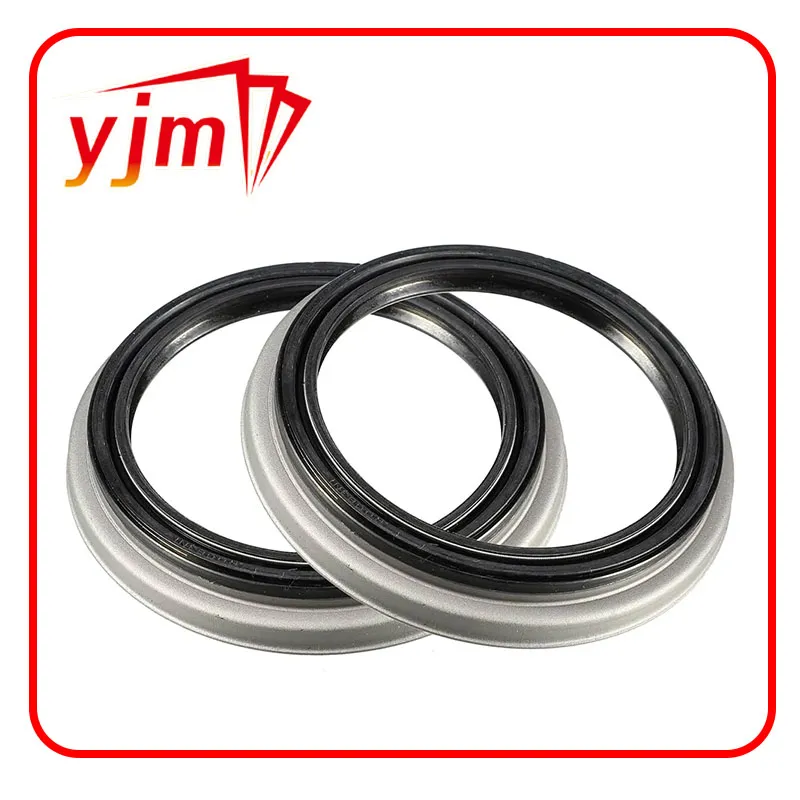Selecting the Right Gasket for Your Transmission Fluid Pan Replacement
Understanding the Importance of the Transmission Fluid Pan Gasket
The transmission fluid pan gasket is a critical component in a vehicle's transmission system, playing a crucial role in maintaining the integrity and performance of the transmission. Located between the transmission fluid pan and the transmission case, this gasket ensures a tight seal that prevents leaks and helps maintain the proper fluid levels. In this article, we will explore the function of the transmission fluid pan gasket, the signs of a failing gasket, the consequences of ignoring gasket issues, and the process of replacement.
The Function of the Transmission Fluid Pan Gasket
The primary function of the transmission fluid pan gasket is to create a leak-proof seal that holds the transmission fluid inside the pan. The transmission fluid is essential for lubricating the various components of the transmission, keeping it cool, and enabling it to function smoothly. Without an effective seal, the fluid could leak out, leading to decreased lubrication, overheating, and potential damage to the transmission.
In addition to preventing leaks, the transmission fluid pan gasket also helps to dampen vibrations and reduce noise generated by the transmission, contributing to a quieter, smoother driving experience. It is typically made from rubber or a composite material that can withstand the heat and pressure conditions inherent in a vehicle's transmission system.
Signs of a Failing Gasket
Recognizing the signs of a failing transmission fluid pan gasket is essential for any vehicle owner. Some common symptoms include
1. Fluid Leaks The most obvious sign of a failing gasket is the presence of transmission fluid leaks. If you notice a reddish-brown fluid pooling underneath your vehicle, it may indicate a gasket leak.
2. Low Transmission Fluid Levels If you frequently have to add transmission fluid, it could be due to a leak caused by a deteriorating gasket.
3. Transmission Slip Insufficient fluid levels can lead to transmission slippage, where the vehicle hesitates or has difficulty changing gears.
4. Overheating A leaking gasket can cause the transmission to overheat due to inadequate fluid circulation, which can lead to costly repairs.
Consequences of Ignoring Gasket Issues
transmission fluid pan gasket

Ignoring a failing transmission fluid pan gasket can lead to significant issues. The primary risk is the possibility of a complete transmission failure, which can be extremely expensive to repair or replace. Low fluid levels can cause the transmission to become damaged due to inadequate lubrication, leading to more extensive repairs and even jeopardizing the vehicle's overall functionality.
In addition to costly repairs, neglecting gasket issues can also result in decreased fuel efficiency, as an improperly functioning transmission can strain the engine. Furthermore, leaks can pose environmental hazards, as transmission fluid is toxic and harmful to local ecosystems.
The Process of Replacement
If you suspect that your transmission fluid pan gasket is failing, it is essential to address the issue promptly. Replacing the gasket usually involves the following steps
1. Drain the Transmission Fluid The first step is to safely drain the fluid from the transmission pan to prevent spills.
2. Remove the Transmission Pan This may require removing bolts and carefully prying off the pan. It’s essential to do this gently to avoid damaging the pan or the transmission.
3. Clean the Surface Once the pan is off, clean both the pan and the transmission surface to remove any old gasket material or debris.
4. Install the New Gasket Place the new gasket on the transmission pan and reattach the pan to the transmission, ensuring an even fit.
5. Refill Transmission Fluid Once the pan is secure, refill the transmission fluid to the appropriate level.
6. Test Drive the Vehicle Finally, take the vehicle for a test drive to ensure everything is functioning correctly.
Conclusion
The transmission fluid pan gasket plays a vital role in your vehicle's performance and longevity. Regular checks and maintenance can help prevent issues related to the gasket, ensuring that your transmission operates smoothly and efficiently. If you notice any signs of a failing gasket, addressing the issue promptly can save you from costly repairs down the road and keep your vehicle running at its best.
-
Understanding Automotive Oil Seals: Essential Components for Engine and Shaft Protection
News Jul.30,2025
-
The Importance of Heavy Duty Seals in Industrial and Residential Applications
News Jul.30,2025
-
Exploring Industrial Oil Seals: From Felt Oil Seals to TTO and CFW Solutions
News Jul.30,2025
-
Essential Guide to Oil Seals: From Radial to Metal-Cased Seals for Industrial Reliability
News Jul.30,2025
-
Choosing the Right Oil Seals and Gaskets for Industrial and Automotive Applications
News Jul.30,2025
-
Cassette Seals: Durable Sealing Solutions for Harsh Environments
News Jul.30,2025
-
Understanding the Front Main Engine Seal: Purpose, Maintenance, and Installation
News Jul.29,2025
Products categories















